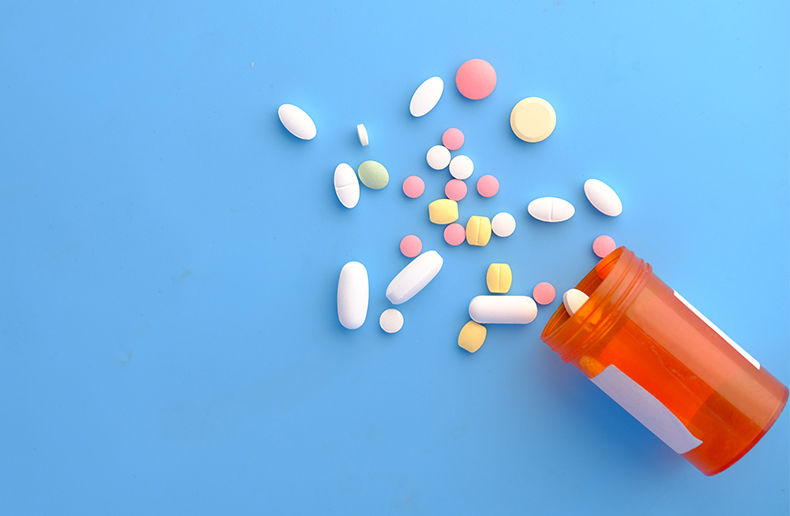Overall, average eligible amounts claimed by benefits plan members in Canada rose 8.9 per cent in 2021, despite the pandemic-led downward trend in the number of plan members making claims, according to the most recent TELUS Health drug plan report.
The 2022 Drug Data Trends & National Benchmarks report reflects the claims activities of more than 5.2 million certificate holders in 2021. In addition to claims data, the report summarizes the adoption rates of certain plan management strategies like mandatory generic substitution, managed formularies and prior authorization processes. The report also looks at regional statistics, drugs by therapeutic class, usage by age group and non-adherence trends.
The report warns that pandemic-caused delays in diagnosis for treatments and serious conditions will likely have an impact on costs in future years; the results strongly suggest that plan members saw physicians less often in the past two years, resulting in fewer prescriptions being written.
In the 2021 research, TELUS reports that specialty drugs are the main driver of growth in costs. “A new section on high-cost claimants reveals that two per cent of all claimants submitted eligible amounts totalling more than $10,000 in 2021, and this small proportion of claimants accounted for 40 per cent of the total eligible amount for all claimants,” they write. They add that if current trends continue, specialty drugs could represent almost half of the average eligible amount per certificate by 2026.
“Specialty drugs make up more than one third of costs for less than two percent of claimants. In 2021, specialty drugs’ growth rate, when expressed as an average eligible amount per insured, fell just shy of double digits, 9.5 per cent, compared to 2.9 per cent for traditional drugs,” the report states.
More, they say just 0.03 per cent of claimants accounted for close to six per cent of the total eligible amount by the end of 2021.
They say trends in the diabetes category are also contributing to growing costs. “While the price points of newer diabetes products fell well below the threshold of what defines a specialty drug, these products are much more expensive than first-line therapies and their utilization is climbing steadily.” Diabetes drugs, they add, appear set to replace rheumatoid arthritis drugs from the top category of drugs by eligible amount, in part because of switching policies resulting in more prescriptions being written for lower cost biosimilar biologics for the disease.




